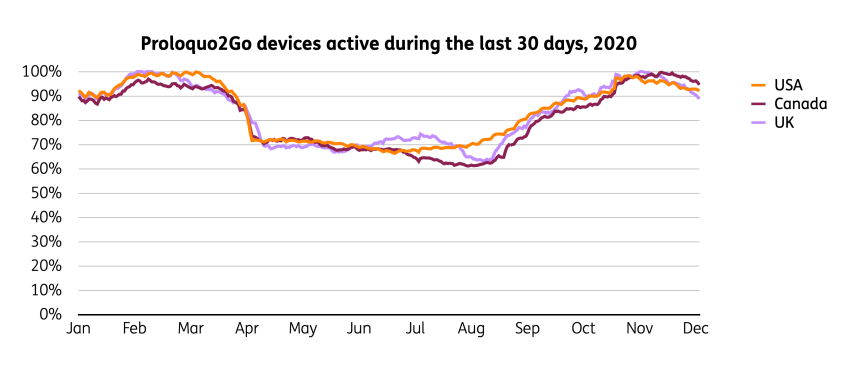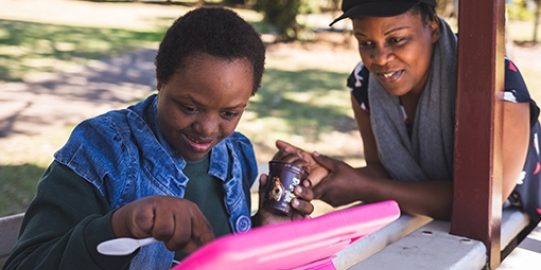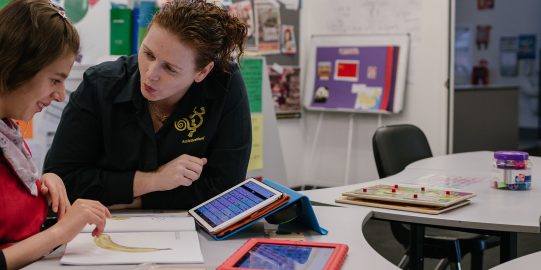Source: Anonymous opt-in data from App Store Connect.
Lessons from the pandemic
Several factors can explain the drop in device use. Many students only have access to a communication device at school. With schools closed, students were unable to use their communication devices. Kathleen H.’s son is one of those students. She explained, “His school refused to give him a device for home even pre-COVID, so before and during COVID he didn’t have it at home.” Other students did have access to a communication device at home but received little or no support from school. Amanda C., another parent of an AAC user, received “no assistive tech support in general” for their daughter. She said, “We were given an adaptive keyboard and mouse but essentially told to figure out how to teach her to use it on our own.”
The support needed to use a communication device can vary greatly between students. Some students need help to keep it charged and physically available. Others need support with attention, concentration, and social interaction. Others are still learning how spoken words can be represented with visual symbols in an app. Learning to use visual symbols to express words can be compared to learning sign language. These students need trained communication partners to teach them the language. But their families may not feel skilled or familiar enough with the device to support and stimulate its use at home. At school, students can receive support from educators, speech therapists, paraprofessionals, and peers. At home, there might not be anyone available to fill this role. Lockdowns and physical isolation also mean fewer opportunities to communicate with a range of people. Parents may feel that they can understand their child sufficiently without a device.
Still, whatever the factors, one-third of the students did not have access to their communication devices during school closures. Either they did not physically have access to it or their environment did not support its use.
While shocking, this is not surprising. During pre-COVID times the number of active Proloquo2Go devices always dropped by half on weekends and school holidays. The pandemic revealed the significance of the problem and deprived many students of a proper means of communication.
Access cannot be achieved with technology alone
Technology has gotten a whole lot more accessible and even more affordable over the last decade. Yet, there are still significant barriers to access that technology. Access to communication is a problem that cannot be solved with technology alone. An attitude shift is required.
Communication devices must be treated as an essential accommodation, like wheelchairs or hearing aids. These devices are more than a tool to participate in the classroom or curriculum. They are tools to access and participate in society.
The support to use a communication device is as essential as the device. Schools and families have joint responsibility and need to pool their resources. Schools should not only allow communication devices to be taken home, but they should also encourage and support it. They should make sure that parents are trained and motivated to use the devices at home too. This partnership must be a two-way street. Families must be involved in important decisions about how devices are selected and provided. Parents should take responsibility to use communication devices regularly at home too.
Communication is a human right
Let’s not forget that accessibly cannot be addressed with technology alone. Accessibility also requires equitable access to that technology and the support and training to use it effectively!





